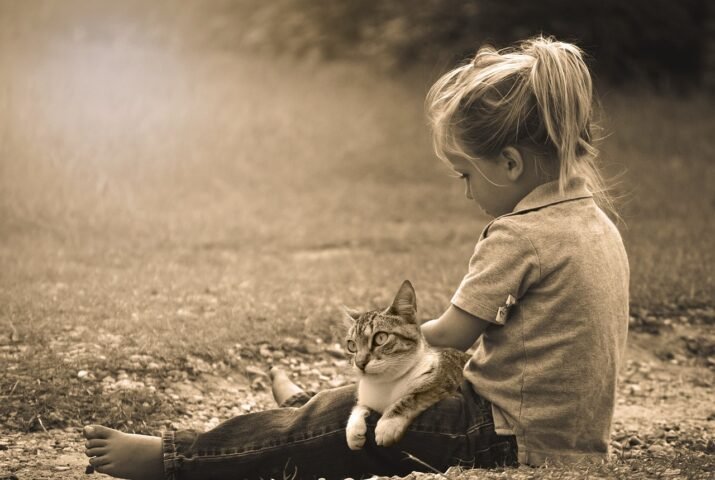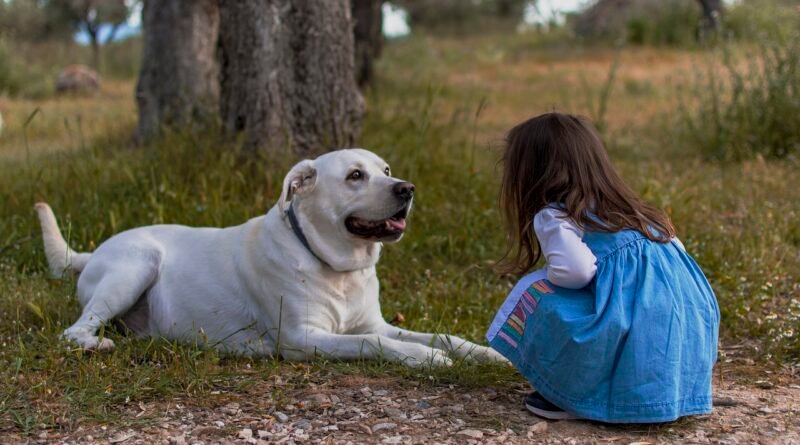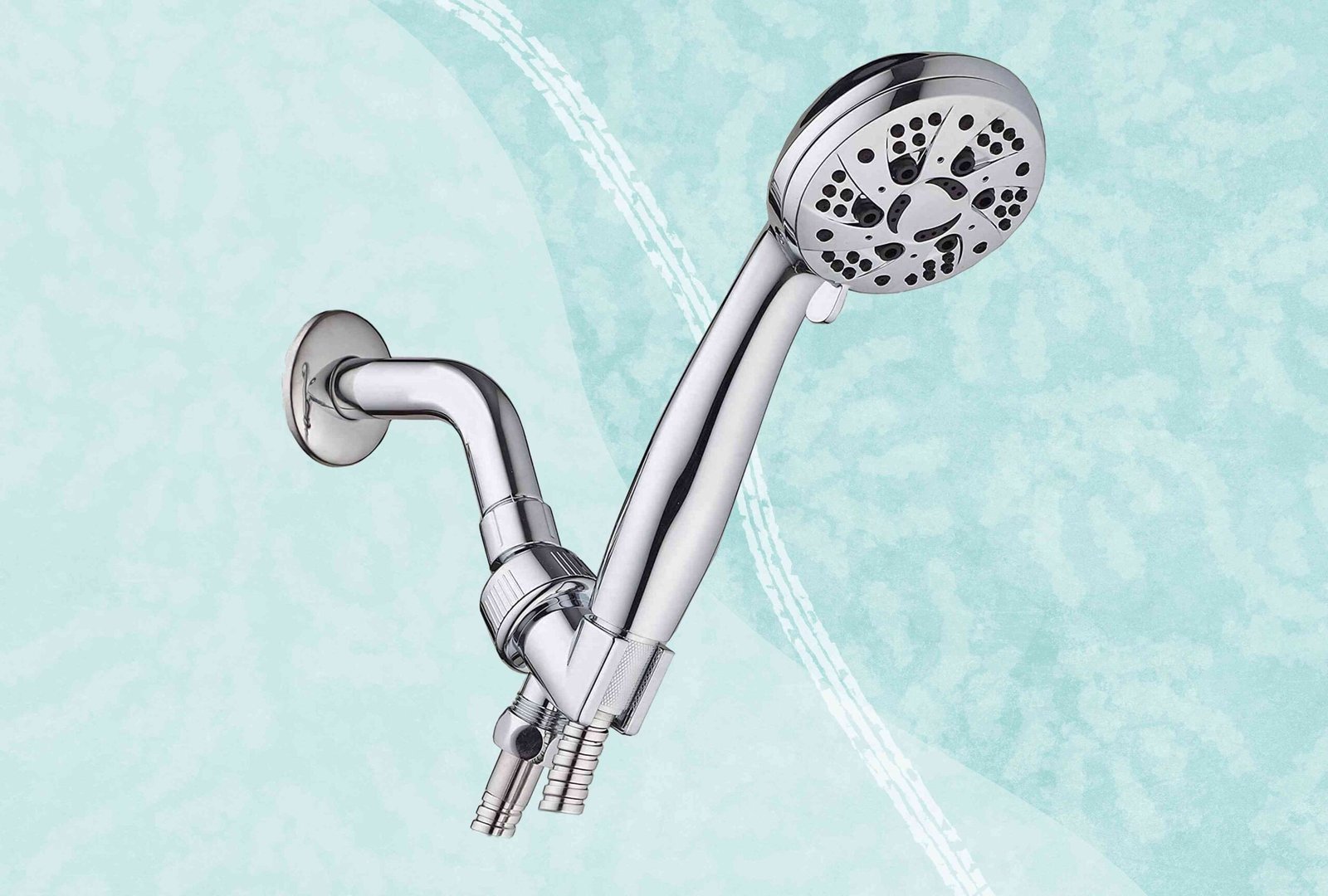Teaching Kids And Pets To Co-Exist Peacefully
Teaching Kids And Pets To Co-Exist Peacefully It is possible for children and pets to coexist in the same household, peacefully. Many people mistakenly think that as soon as they start having children that their pet needs to head to the local shelter. They fear that the cat or dog will not get along with the new child and it will result in biting or scratching. This is not always the case and if you take the time to introduce your pets to your children properly, your kids and pets can live in harmony.
Introducing Pets to New Babies
One of the biggest concerns that new parents have when it comes to pets in the home is how it will react to a baby. Many of the old wives tales such as cats sucking the breath out of babies simply are not true. In fact, many cats and dogs readily accept a new child into the home and become fiercely loyal and protective over the baby.
When you bring your baby home from the hospital, you should introduce your pet to your new baby. Of course, these introductions need supervision. Allow your cat or dog time to sniff your child at his or her own pace. Make the introduction pleasant for your cat or dog. In most cases, your cat or dog will not give your baby a second thought. Allow your pet to adjust to the new situation on his or her own terms. When a baby comes to the house, it is an adjustment for everybody.
Preparing Your Pet for a New Baby
The other thing that you might want to consider doing when you bring a baby into the home is to make sure that your cat or dog is properly groomed. This includes trimming your dog or cat nails. Your dog may want to put a paw on your baby. If his or hers nails are long and sharp, your dog may accidentally scratch your infant. While you can never eliminate pet hair from your home, if your dog or cat clipped and brushed it will certainly help your home stay a little cleaner. Many new parents also worry about allergies. The fact is, many studies have shown that children who are exposed to pets from a very young age, actually have less pet allergies than children who are not exposed to pets.
Safety Precautions
Another good idea is to make sure that your pets do not have access to your baby s room during naptime or at night without supervision. While your pet probably means no harm to your child, pets are naturally curious. A cat may jump into your infant crib, or in large dogs could easily a knock bassinet or cradle over. You should always supervise your pet when it is around your new baby at all times. Most of all, you should try to make sure that you are still spending quality time with your pet when possible. This especially pertains to dogs, which are used to playing in the backyard and going for walks.
Teaching Children Pet Etiquette

As your child grows, you need to begin teaching your child proper pet etiquette. If your dog or cat has learned to respect your child, then your child also needs to learn to respect your pet. Teach your child from a young age that they should never pull or yank a cat or dog’s tail or ears. Your child can learn proper pet etiquette even at a very young age. You will also want to teach your child to respect your pet s space. This includes making sure that your child understands that he or she should never wake a sleeping pet. This could cause your pet to become startled and could result in biting or scratching.
In addition, you will want to make sure that your child understands to stay out of your pet s food, water and litter box. Your child will be naturally curious, so it is always best to give your pet some private space away from your child.
Conclusion
There are many things you can do to make sure that children and pets coexist peacefully. Your children and pets need to learn to respect each other from the very beginning. There is no reason to get rid of your cat or dog just because you have a child in the home.


:max_bytes(150000):strip_icc():format(jpeg)/GettyImages-1817072246-675ee2daba7147839f0b042de52827b2.jpg)

:max_bytes(150000):strip_icc():format(jpeg)/BHG-Walmart-Bedding-Primary-1a061c30f3be4154914593622ee49b25.jpg)